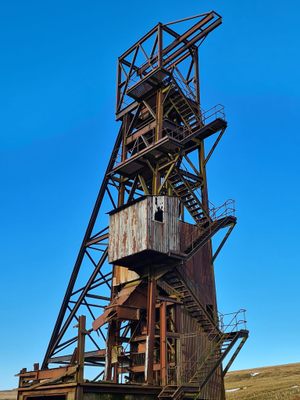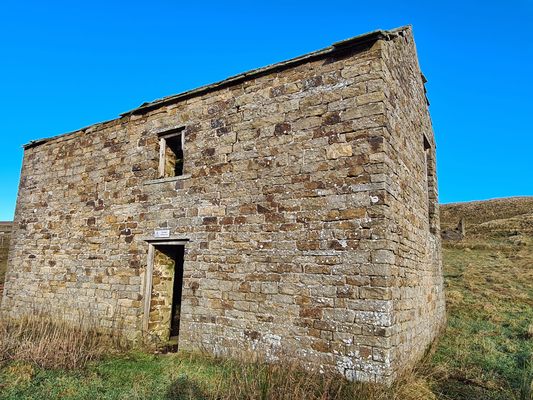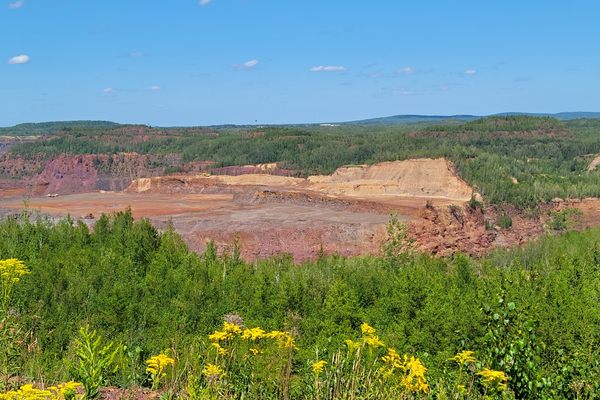About
Groverake Mine is County Durham’s last remaining mining headframe, it can be found standing tall at the site of a former mine on the outskirts of Rookhope in Weardale, it has become a symbol of an industry that once dominated the region.
The mine was originally worked for ironstone between 1819 and 1875, then later for lead, until the mine closed around 1919. In the 1930s it was reopened to mine fluorspar. Groverake Mine provided access to several veins that run across the area, the Red Vein, the Greencleugh Vein, and Groverake Vein. The main producer was the east to west Groverake Vein, which produced both green and purple fluorite.
Mining at Groverake probably started in the 18th century, but it was the Beaumont Company who first developed major mining operations during the late 1810s, they continued working the mine until the early 1880s. The Beaumont Company drove adits and the two major shafts on the site that reached the Great Limestone. At this time lead ore was the purpose of the mining operations, but this was not that successful in terms of output. When the Weardale Lead Company took over the mine in the mid-1880s they had more success with mining for lead and fluorspar.
The mine changed hands a number of times until the 1940s, when the Blanchland Fluor Mines Ltd took over operations and eventually the British Steel Corporation. The production of fluorspar ramped up with improved treatment techniques, and Groverake became the leading fluorspar producer in the orefield. British Steel expanded the mine and extended the existing shafts.
In the early 1980s the Weardale Minerals and Processing Company acquired the mine, but in 1991 its parent company went into receivership resulting in another change of hands. The mine was linked to Fraser's Hush by a railroad that ran battery-electric locomotives underground. The mine stayed in operation until 1999.
At the time of its final closure, Groverake was the last commercial fluorspar mine operating in the North Pennines and the last deep mineral mine in County Durham. Many of the buildings have now gone—several were badly damaged in a fire in 2015. The winding house and engine are gone. Though the Durham County Council failed in their attempt to get a building preservation order in 2013, the remnants of Groverake Mine, now an iconic landmark in the North Pennines, were saved from demolition in 2017.
Related Tags
Know Before You Go
The mine remains are on private land, there are areas where the land has caved in, please follow the advice of the landowner and if you visit stick to the paths.
The old buildings are in a poor state or repair, entering them is not advised.
Do not enter the shafts or the headgear.
Community Contributors
Added By
Published
March 17, 2022
































































